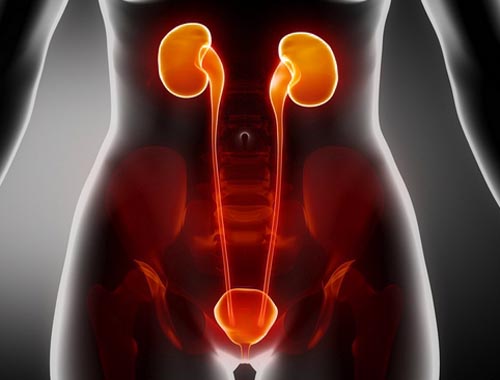Explain blood works result lab
 Published: 18 Aug 2024
Published: 18 Aug 2024

Explaining blood work results can be complex, but here�s a structured approach to make it understandable:
1.
Basic Structure of Blood Work
Blood work often includes several key components:
- Complete Blood Count (CBC)
- Basic Metabolic Panel (BMP)
- Comprehensive Metabolic Panel (CMP)
- Lipid Panel
- Thyroid Function Tests
- Others (e.g., Hemoglobin A1c, Vitamin D levels)
2. Common Blood Tests and Their Purpose
Complete Blood Count (CBC)
- Red Blood Cells (RBC): Carry oxygen from the lungs to the body and carbon dioxide back to the lungs. Low levels might indicate anemia; high levels might suggest dehydration or other conditions.
- White Blood Cells (WBC): Part of the immune system. High levels can indicate infection or inflammation; low levels might suggest a compromised immune system.
- Hemoglobin (Hb): Protein in RBCs that carries oxygen. Low levels can suggest anemia.
- Hematocrit (Hct): Percentage of blood volume occupied by RBCs. Low levels can indicate anemia; high levels may indicate dehydration.
- Platelets: Help with blood clotting. Low levels can lead to bleeding issues; high levels might increase the risk of clotting disorders.
Basic Metabolic Panel (BMP)
- Glucose: Blood sugar level. High levels can indicate diabetes; low levels might suggest hypoglycemia.
- Calcium: Important for bone health, muscle function, and nerve signaling. Abnormal levels might suggest various conditions including kidney disease.
- Electrolytes (Sodium, Potassium, Chloride, Bicarbonate): Important for fluid balance, nerve and muscle function. Abnormal levels might indicate kidney problems or other metabolic conditions.
Comprehensive Metabolic Panel (CMP)
- Includes all BMP tests plus:
- Proteins (Albumin, Total Protein): Indicators of liver function and nutritional status.
- Liver Enzymes (ALT, AST, ALP): Assess liver function. Elevated levels might indicate liver damage or disease.
- Bilirubin: A breakdown product of red blood cells. High levels might suggest liver problems or anemia.
Lipid Panel
- Cholesterol (Total, HDL, LDL): Assess cardiovascular health. High levels of LDL (bad cholesterol) and low levels of HDL (good cholesterol) are risk factors for heart disease.
- Triglycerides: Elevated levels can indicate risk for heart disease and other conditions.
Thyroid Function Tests
- Thyroid-Stimulating Hormone (TSH): Regulates thyroid function. High or low levels can indicate thyroid disorders (hypothyroidism or hyperthyroidism).
- Thyroxine (T4) and Triiodothyronine (T3): Hormones produced by the thyroid gland. Abnormal levels can also indicate thyroid disorders.
3. Interpreting Results
- Reference Ranges: Each test result will have a reference range. Values outside this range may indicate a problem but must be interpreted in context with other results and clinical symptoms.
- Trends and Patterns: Single results are less informative than trends over time or patterns of multiple tests.
- Clinical Context: Interpretation should consider the patient�s overall health, medical history, and symptoms.
4. Explaining to Patients
- Use Plain Language: Avoid medical jargon. Explain results in simple terms.
- Visual Aids: Charts or diagrams can help illustrate normal vs. abnormal ranges.
- Explain Implications: Discuss what the results mean for the patient�s health and what further steps might be needed (e.g., additional tests, lifestyle changes, or treatment).
- Provide Reassurance: If results are abnormal, explain what the next steps are and reassure the patient that abnormal results do not always mean a serious problem.
5. Follow-Up
- Further Testing: Sometimes, abnormal results require additional testing to diagnose or clarify the issue.
- Consultation: Encourage patients to discuss their results with their healthcare provider to get a complete understanding and personalized advice.
By breaking down the components of blood work and explaining their significance clearly, you can help patients understand their health better and make informed decisions about their care.